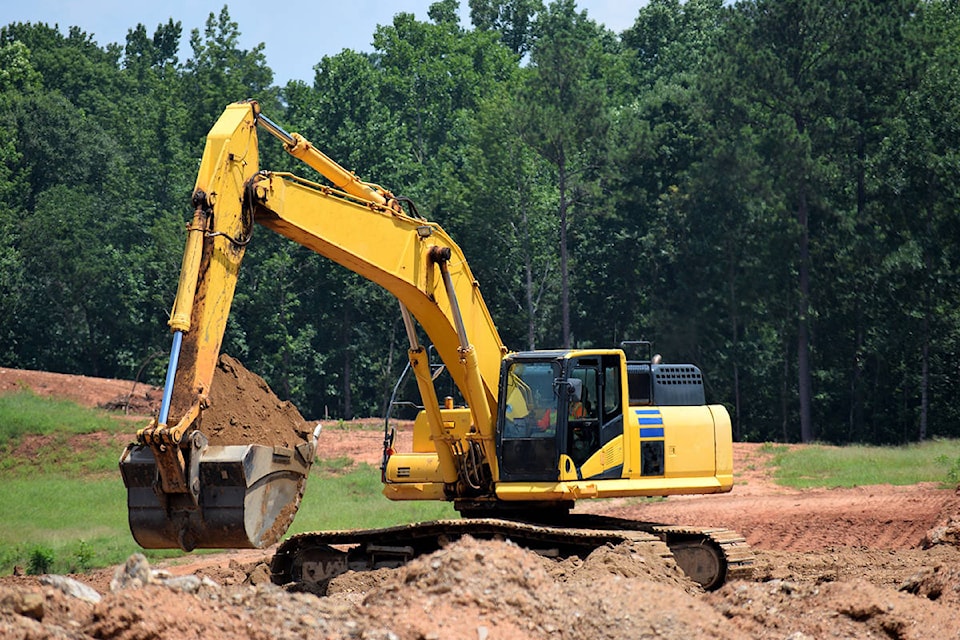Diesel engines are one of the biggest polluters in the Fraser Valley, but as local governments look to develop a strategy to protect the air, they’re finding there are few concrete actions to take on their own.
Diesel-powered on- and off-road vehicles – from transport trucks to agriculture and construction equipment – contribute 18 per cent of the total particulate matter in the air and 16 per cent of the greenhouse gases. That diesel particulate matter (PM) is particularly problematic because long-term exposure to it is linked to a higher cancer risk in humans.
The Fraser Valley Regional District is working on a new “air quality and climate protection plan” to reduce emissions in the area.
Transportation emissions make up the bulk of pollution, including about half of all greenhouse gas emissions in the region, according to a report presented last month to the FVRD’s board. Staff have developed a range of actions to try to reduce emissions, including supporting the use of electric vehicles, promoting more efficient driving behaviour and use of cars, and advocating for alternative means of transportation.
But when it comes to diesel vehicles, which are primarily used not for commuting but for business, the FVRD has only limited tools at its disposal.
Mainly, the region hopes to push senior levels of government to address the vehicles, whether by encouraging the province to provide financial rebates to replace or retrofit older equipment, advocating for a new emission inspection program, encouraging them to use cleaner-burning vehicles, or advocating for the monitoring of railway emissions.
Staff suggest considering a couple of local programs that could help, including one that would incentivize residents to replace old lawn equipment with newer low-emission models and another that would provide help to airport staff to reduce emissions from on-ground support vehicles.
